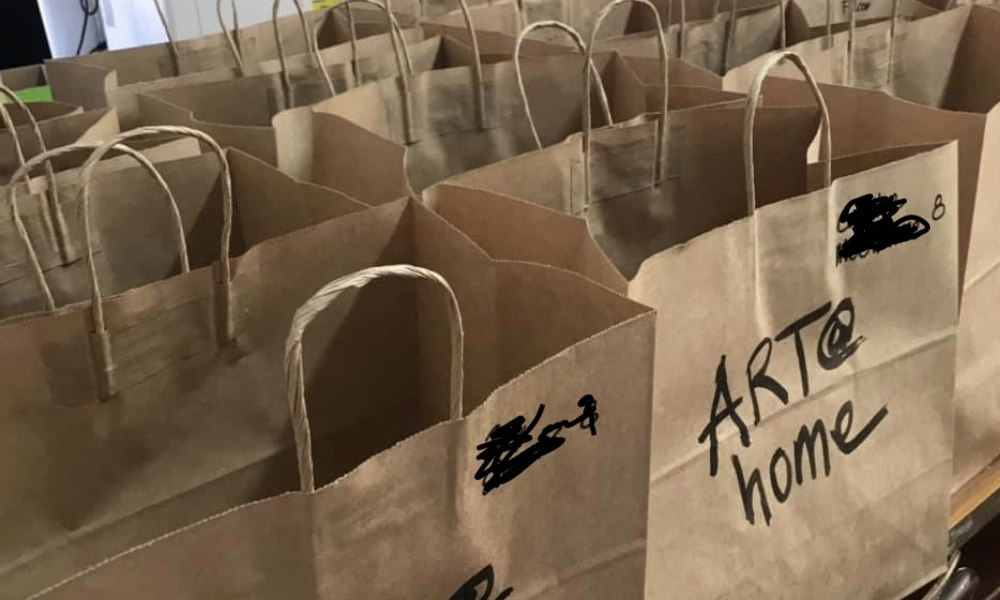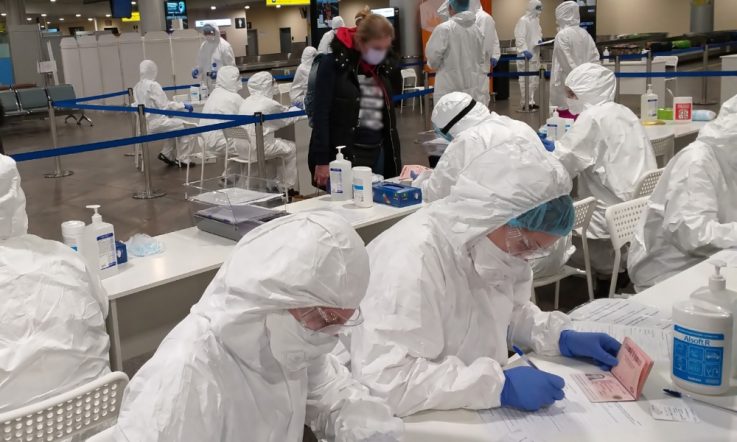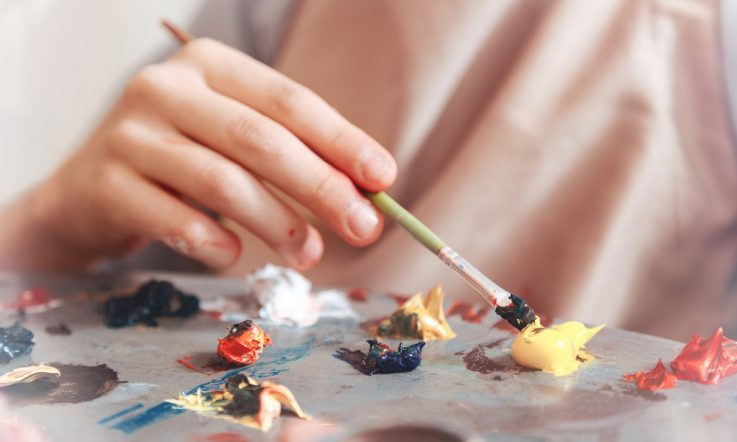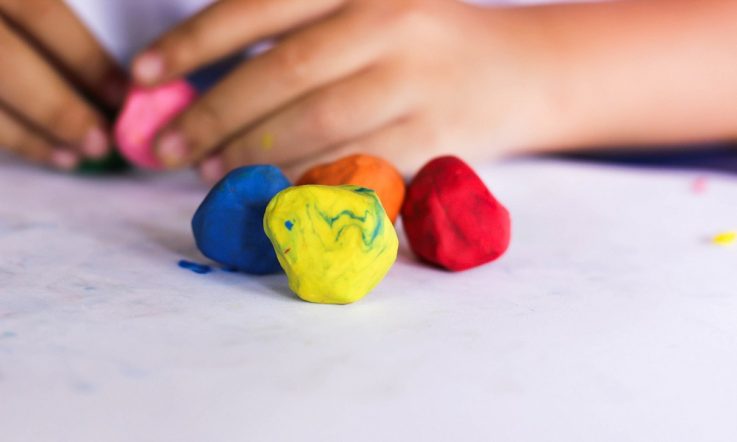In the first of two articles, teacher educators Kate Coleman and Abbey MacDonald share practical examples of how visual arts teachers transformed the ways they connected and communicated with students, and each other, during the height of the COVID-19 lockdown to ensure a continuity of learning.
Prior to COVID-19 restrictions, art teachers were already well accustomed to working with multi-modalities across the spectrum of visual art media. These ways of working are informed by teachers' own deep engagements with art, be it through their own art making, or their responding and making meaning from artworks encountered in their classrooms and the community.
The places and means through which these practical meaning-making encounters occur in 2020 remains in flux, and visual arts teachers across Australia are navigating this uncertainty in distinctive, interconnected and expansive ways.
We can learn a lot about what happened in art education during the peak of the COVID-19 lockdown through exploring artists' and teachers' pedagogical and practical responses to the crisis. Interesting developments, strategies and connections have been enacted across the breadth of visual arts in industry, school and teacher education contexts. It is interesting to consider how teachers' and artists' approaches to navigating the COVID-19 crisis resonate with some of the curriculum concepts that underpin the work we do with school students in visual art contexts.
Through our contributions to visual arts teacher education, teacher professional learning and art practice, we are embedded within the field in ways that enable us to connect and contribute to both the visual arts and education communities. In these roles we have the great privilege of supporting our schools, teachers, pre-service teachers and learners in visual arts across an Australian Curriculum that has a focus on developing an ‘understanding of world culture and their responsibilities as global citizens', and supporting students to ‘view the world through various lenses and contexts,' (ACARA, 2016). The curriculum creates space to cultivate complex problem posing and thinking skills to foster ‘perceptual and conceptual understanding, critical reasoning and practical skills through exploring and expanding their understanding of their world and other worlds.'
Through our roles, we work alongside pre-service teachers to establish the skills, experiences and knowledges they will need for a future in education. Of course, this future is slightly different from the one we now find ourselves in, however, the attributes of agility, resilience, practicality, empathy, creativity and versatility fostered through engagement in visual arts education and practice mean that teachers will continue to be well placed to negotiate shifting transitions between teaching and learning contexts.
Examples of innovation in practice
During March and April in Australia, artists and visual arts educators have been visionary in transforming their ways of connecting and communicating with their students and each other.
A scroll through the social and news feeds of artists and educators provides a compelling picture of artists and educators across the country innovating to share practice with their colleagues. Australian arts educators responded quickly to meet the need for creative, collaborative and critical engagement opportunities for students' visual art learning at home; catering for online, offline and off device needs. Provided appropriate measures were put in place to enable equitable access to digital technology, there were plenty of examples of practitioners who demonstrated an aptitude for teaching in creative ways to accommodate individual student needs and circumstances. Michelle Coombes' art@home packs and YouTube videos (out of Central West New South Wales), and Michelle Walker's @artteacher_alchemy on Instagram and YouTube (out of Smithton, Tasmania), provide compelling evidence of the ways Australian teachers exercised their agency to adapt and contextualise their offerings.
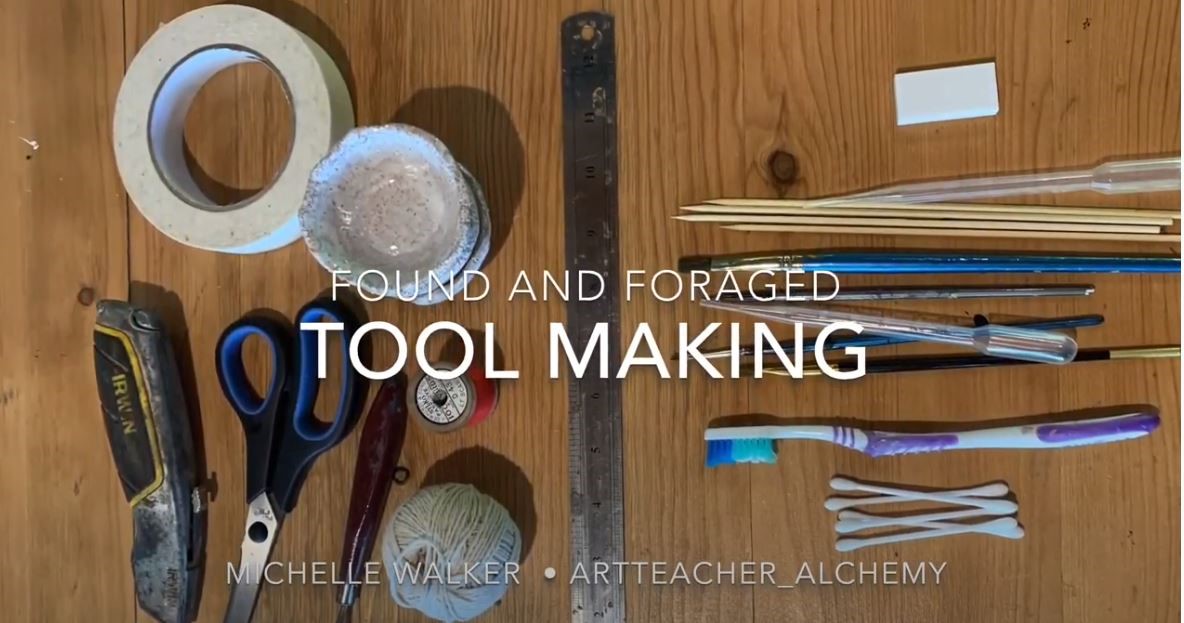
[A still from Tasmanian artist and art teacher Michelle Walker's ‘Found and foraged tool making' demonstrative video from her @artteacher_alchemy Instagram and YouTube teaching channel].
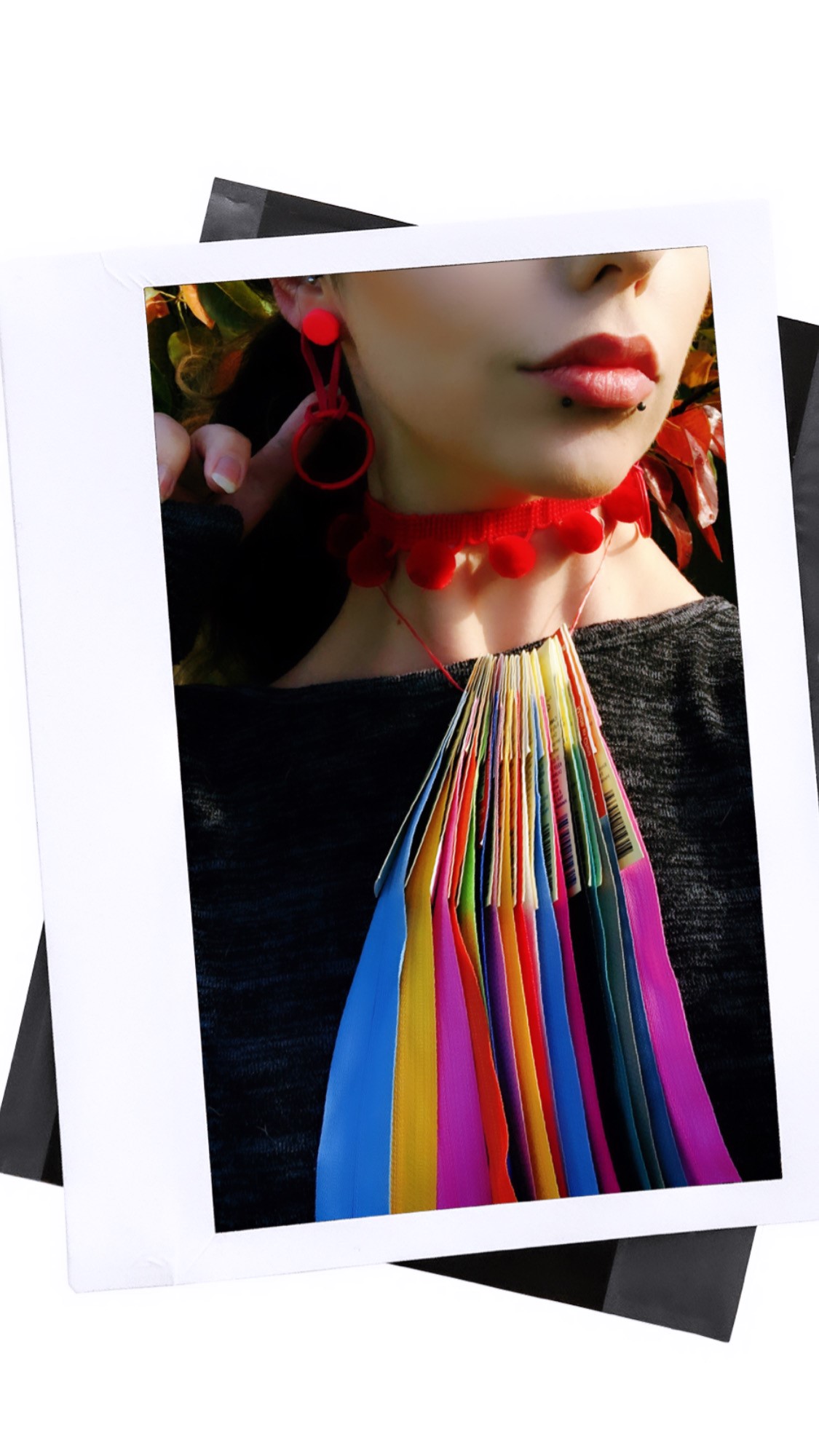
[Pre-service teacher Gemma Saunders wearing body art developed in 'COVID-19 CREATIVITY 3D Forms at home and sculpture for the body' online class, developed by Amie Anderson (Melbourne Graduate School of Education, The University of Melbourne Visual Art and Design Teacher candidates)].
Initial teacher education courses had their own shifts to navigate online, and with that shift came a rethink in the learning and teaching as an authentic experience for building the needs of the future classroom. Reified were digital and blended pedagogies, materiality, artful thinking and focused concept teaching through modalities such as video, interactive PDFs and Google lessons. The above image of Gemma demonstrates one of the products she created in Amie's 30-minute 3D forms Year 8 Visual Arts lesson delivered in a digital newsletter format. These pre-service teachers all developed 30-minute digital learning experiences for remote and home learning delivered online for self-paced inquiry-based learning. A focus on making and responding through being an artist and audience outside of the art room enabled space to focus on a skills gap in digital technologies; empowering the teacher candidates to re-think and re-imagine how ways of being online can facilitate transformative learning experiences through blended and flipped learning in the future.
These three examples of teacher practice are not in any way exhaustive, but rather are indicative of a rich breadth of artist and teaching practitioners negotiating precarious circumstances created by COVID-19 restrictions to differentiate and cater for diverse student needs, preferences and aspirations. We have been curious to explore how circumstances, practices and proclivities of art teachers contribute to the ways they revision practice and purpose during a crisis. What connections can be drawn between their response, contextual circumstances and aspirational endeavor underpinning student learning and teacher pedagogy?
In looking deeper into the rationale from the Visual Arts strand of the Australian Curriculum, we find non-prescriptive and generative descriptions of flexible approaches to creative practice. We can extend articulations of how ‘Visual Arts engages students in a journey of discovery, experimentation and problem-solving relevant to visual perception and visual language,' (ACARA, 2016) to describe the initiatives, ingenuity and accomplishments of artists and teachers during the COVID-19 lockdown.
Similar to how ‘Students undertake this journey by using visual techniques, technologies, practices and processes,' artists and teachers have also been looking and leaning into practice to guide their transformations of embodied and participatory practices in line with social, cultural and educational changes (Coleman & Selkrig, 2020). ‘Learning in the Visual Arts, students become increasingly confident and proficient in achieving their personal visual aesthetic, and appreciate and value that of others,' (ACARA, 2016). The expansive and dynamic qualities of such a rationale creates space for students and teachers alike to embrace uncertainty.
In attending to how uncertainty can be explored through intersections of curriculum, pedagogy, practice, circumstance and context, artists, teachers and students are reimagining how they make and respond (Coleman & MacDonald, 2020). This is where art teachers have been able to cultivate and adopt empathetic, curious and inquiry-oriented mindsets that enable personally distinctive approaches to practice in response to the COVID-19 restrictions.
Stay tuned: In part two, Kate Coleman and Abbey MacDonald explore some of the resources to eventuate from the creative pressure cooker circumstances of the COVID-19 lockdown, and how they can be used to maximise studio time and learning into the future.
References
Australian Curriculum Reporting and Assessment Authority (ACARA) (2016). The Australian Curriculum: The Arts, Visual Arts (Version 8.3). https://www.australiancurriculum.edu.au/f-10-curriculum/the-arts/visual-arts/rationale/
Coleman, K., & MacDonald, A. (2020, May 15). Becoming co-conspiratorial, Tiny coronavirus stories. Artists and Climate Change. https://artistsandclimatechange.com/2020/05/15/tiny-coronavirus-stories-this-misery-loves-isolation/
Coleman, K. & Selkrig, M. (2020, May 11). When the going gets tough, artists and arts educators get going, EduResearch Matters Blog. Australian Association and Research in Education. https://www.aare.edu.au/blog/?p=5463
How have you transformed the ways you connect and communicate with your students? Have you discussed your successes and challenges with colleagues? What have been some of the common challenges? Are there any ways of connecting and communicating that you will take forward into your everyday practice as student return to the school environment?
